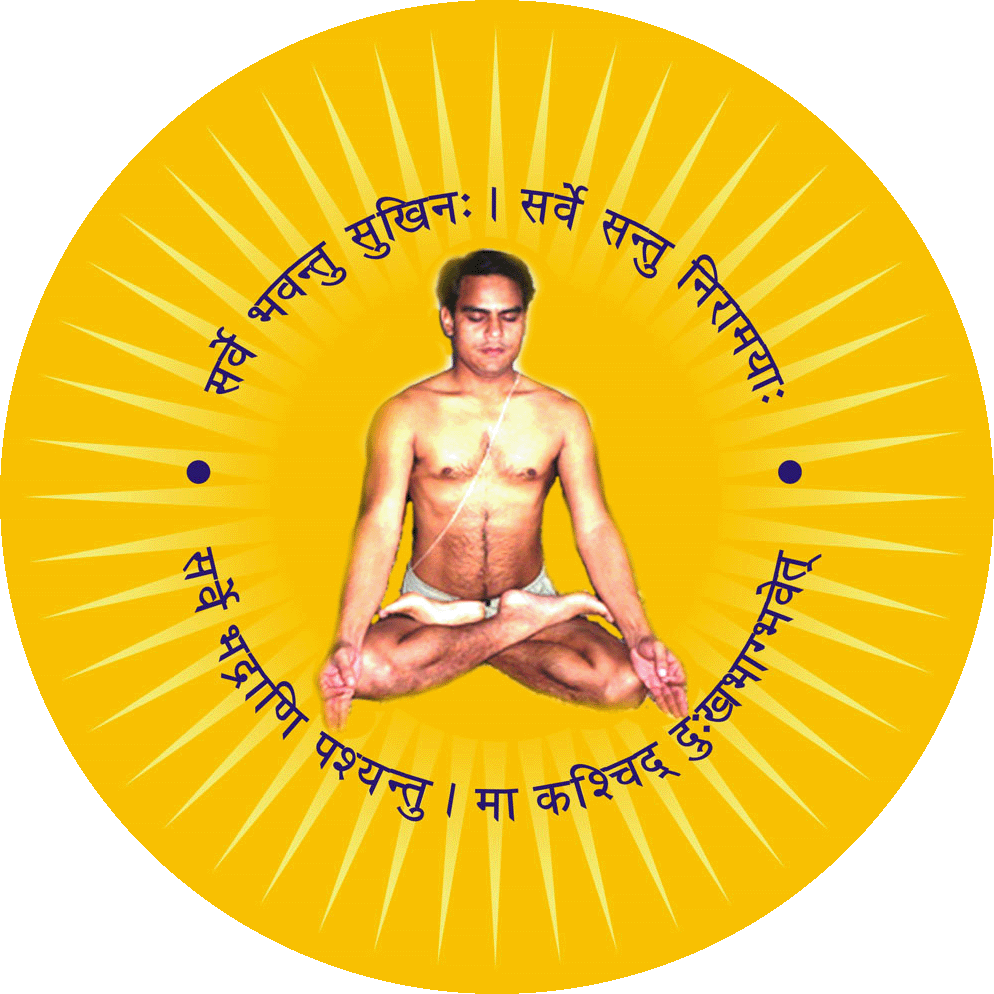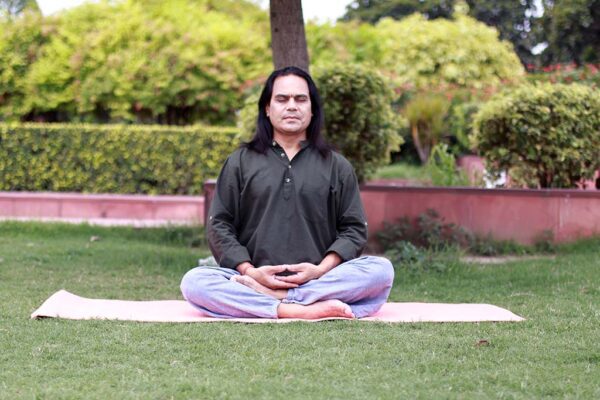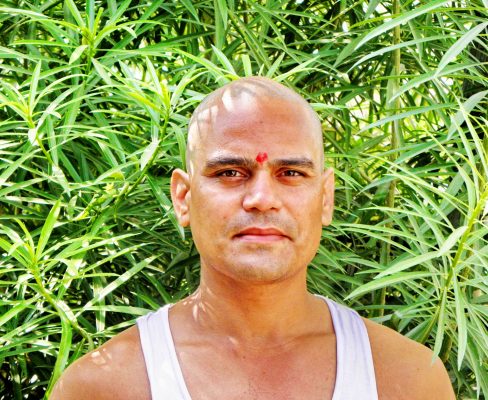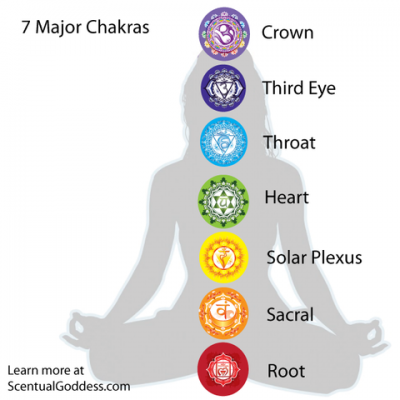In today’s fast-paced life, most of us run behind responsibilities, work, and endless to-do lists. While we are trying to manage everything, we often forget the most important aspect of life – our own health and inner peace. Yoga, which is a gift of India’s ancient wisdom, offers a simple yet powerful way to connect with the body, calm the mind, and uplift the spirit.
But the biggest challenge many people face is not learning yoga poses, but building a consistent daily routine. Practicing yoga once in a while gives temporary relaxation, but making it a part of your daily life creates transformation. Just like brushing teeth or having food, yoga too can become a natural habit if approached properly.
So, how do we build a daily yoga routine that is practical, joyful, and sustainable? Let’s explore step by step.
1. Understand the Purpose of Your Practice
Before you start, ask yourself: Why do I want to practice yoga daily?
- Do you want to improve flexibility?
- Reduce stress and anxiety?
- Manage lifestyle diseases like diabetes or back pain?
- Or do you want to experience inner peace and spiritual growth?
Clarity of purpose gives direction. For example, someone looking for stress relief may focus more on pranayama and meditation, while a person aiming for fitness might give more time to asanas.
Remember what Patanjali says in the Yoga Sutras: “Yoga is the cessation of the fluctuations of the mind.” Ultimately, whether you start with physical or mental goals, yoga will lead you towards balance and harmony.
2. Choose the Right Time
In traditional yogic wisdom, the best time for yoga is the Brahma Muhurta (around 4–6 am). The mind is calm, the environment is pure, and the body feels refreshed.
However, not everyone can wake up at 4 am. The key is to pick a time that suits your lifestyle, and stick to it every day. Morning practice is ideal, but if your schedule doesn’t allow, evening yoga after work is also beneficial.
Golden Rule: Practice at the same time daily so that your body and mind naturally adapt.
3. Create a Dedicated Yoga Space
Having a peaceful corner at home for yoga can inspire consistency. You don’t need a big studio—just a clean mat, some fresh air, and minimal distractions.
- Place a small plant, candle, or picture of a deity/mentor if you like.
- Keep your phone away during practice.
- Ensure good ventilation and natural light.
When you practice daily in the same space, the energy of that place becomes sattvic (pure), making your practice more powerful.
4. Start Small, Stay Consistent
Many beginners get excited and start with one-hour-long sessions, but soon they lose motivation. Instead, begin with 15–20 minutes daily.
A simple routine could be:
- 5 minutes – Gentle warm-up
- 10 minutes – Basic asanas
- 5 minutes – Pranayama & relaxation
As you grow comfortable, gradually increase to 45–60 minutes. Consistency is more important than duration. Even 15 minutes daily is better than 2 hours once a week.
5. The Structure of a Balanced Yoga Routine
A complete yoga session usually has five parts:
a) Centering & Warm-up (5 minutes)
Sit comfortably, close your eyes, and take deep breaths. This helps you shift from the outside world into your inner space. Gentle movements like neck rolls, shoulder rotations, or cat-cow stretches prepare the body.
b) Surya Namaskar (5–10 minutes)
The Sun Salutation is a complete practice in itself—covering flexibility, strength, and energy flow. Start with 4–6 rounds and slowly increase.
c) Asanas (15–20 minutes)
Choose a mix of standing, sitting, and lying postures. For example:
- Standing – Tadasana, Trikonasana, Virabhadrasana
- Sitting – Vajrasana, Paschimottanasana, Ardha Matsyendrasana
- Lying – Bhujangasana, Setu Bandhasana, Shavasana
Maintain each asana with awareness of breath. Don’t force—yoga is not competition, it’s connection.
d) Pranayama (10 minutes)
Breathing practices purify the nadis (energy channels) and calm the mind. Beginners can start with:
- Anulom Vilom (Alternate nostril breathing)
- Bhramari (Humming bee breath)
- Kapalabhati (Cleansing breath) – if suitable for your health
e) Meditation & Relaxation (10 minutes)
End your practice with Shavasana or meditation. Sit quietly, observe your breath, or chant Om. This final step seals the benefits of your session.
6. Customize According to Your Body
Every person is unique. A teenager may enjoy dynamic Vinyasa flow, while an elderly person may prefer gentle stretches and pranayama. Listen to your body—don’t copy blindly from social media.
If you have medical conditions like high blood pressure, back pain, or pregnancy, consult a qualified yoga teacher before choosing asanas.
7. Combine Yoga with Yogic Lifestyle
Daily yoga practice becomes more effective when supported by a yogic lifestyle:
- Diet: Prefer sattvic food – fresh fruits, vegetables, whole grains, nuts, herbal teas. Avoid overeating, processed foods, and excessive stimulants.
- Sleep: Maintain a healthy sleep cycle. Going to bed early supports morning practice.
- Mindset: Practice gratitude, patience, and mindfulness throughout the day.
8. Overcome Common Challenges
It’s natural to face hurdles when building a new habit. Here’s how to overcome:
- “I don’t have time.” – Start with 10 minutes. Everyone has 10 minutes.
- “I feel lazy in the morning.” – Place your yoga mat near the bed. The moment you wake up, step on it.
- “I lose motivation.” – Practice with a friend, join a class, or follow an online guided session.
- “I get bored.” – Keep changing the sequence, explore new asanas, or add chanting and music.
9. The Spiritual Dimension
While many approach yoga for physical fitness, true yoga goes beyond the body. Daily practice helps you realize:
- You are not just the body or the mind, but the eternal consciousness.
- Peace and happiness are not outside—they are within you.
As Swami Vivekananda beautifully said, “Each soul is potentially divine. The goal is to manifest this divinity within.” Daily yoga is that path.
10. Sample Daily Yoga Routine (30 minutes)
Here’s a simple routine you can try:
- 2 mins: Sit quietly, focus on breath.
- 5 mins: Warm-up stretches.
- 8 mins: 4–6 rounds of Surya Namaskar.
- 10 mins: Selected asanas – Tadasana, Trikonasana, Bhujangasana, Vajrasana.
- 5 mins: Anulom Vilom + Bhramari.
- 5 mins: Shavasana meditation.
Total: 35 minutes
You can expand or reduce as per your time.
11. Progress Slowly but Surely
Don’t expect miracles in one week. Yoga is not a quick-fix, it’s a lifelong journey. With daily practice:
- Within 2 weeks, you’ll feel lighter and calmer.
- Within 2 months, flexibility, energy, and focus will improve.
- Within 6 months, yoga will become part of your lifestyle, not just exercise.
12. Conclusion – Make Yoga Your Daily Companion
Building a daily yoga routine is not about forcing discipline, but about cultivating love for yourself. Even 20–30 minutes of mindful practice can bring profound change in your body, mind, and spirit.
Remember:
- Start small, but start today.
- Focus on consistency, not perfection.
- Respect your body and enjoy the journey.
Yoga is not something you do, it is something you live. Once it becomes part of your daily routine, you will notice more balance, clarity, and joy in every aspect of life.

















